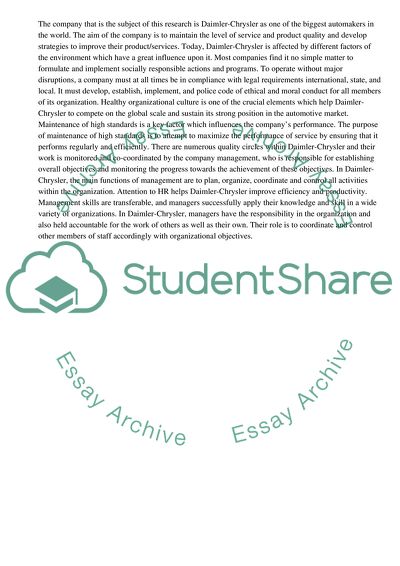Cite this document
(Organizational Culture in Daimler-Chrysler Case Study, n.d.)
Organizational Culture in Daimler-Chrysler Case Study. Retrieved from https://studentshare.org/management/1540743-examine-the-roles-and-responsibilities-of-organizational-managers-and-leaders-in-creating-and-maintaining-a-healthy-organizational-culture
Organizational Culture in Daimler-Chrysler Case Study. Retrieved from https://studentshare.org/management/1540743-examine-the-roles-and-responsibilities-of-organizational-managers-and-leaders-in-creating-and-maintaining-a-healthy-organizational-culture
(Organizational Culture in Daimler-Chrysler Case Study)
Organizational Culture in Daimler-Chrysler Case Study. https://studentshare.org/management/1540743-examine-the-roles-and-responsibilities-of-organizational-managers-and-leaders-in-creating-and-maintaining-a-healthy-organizational-culture.
Organizational Culture in Daimler-Chrysler Case Study. https://studentshare.org/management/1540743-examine-the-roles-and-responsibilities-of-organizational-managers-and-leaders-in-creating-and-maintaining-a-healthy-organizational-culture.
“Organizational Culture in Daimler-Chrysler Case Study”, n.d. https://studentshare.org/management/1540743-examine-the-roles-and-responsibilities-of-organizational-managers-and-leaders-in-creating-and-maintaining-a-healthy-organizational-culture.


